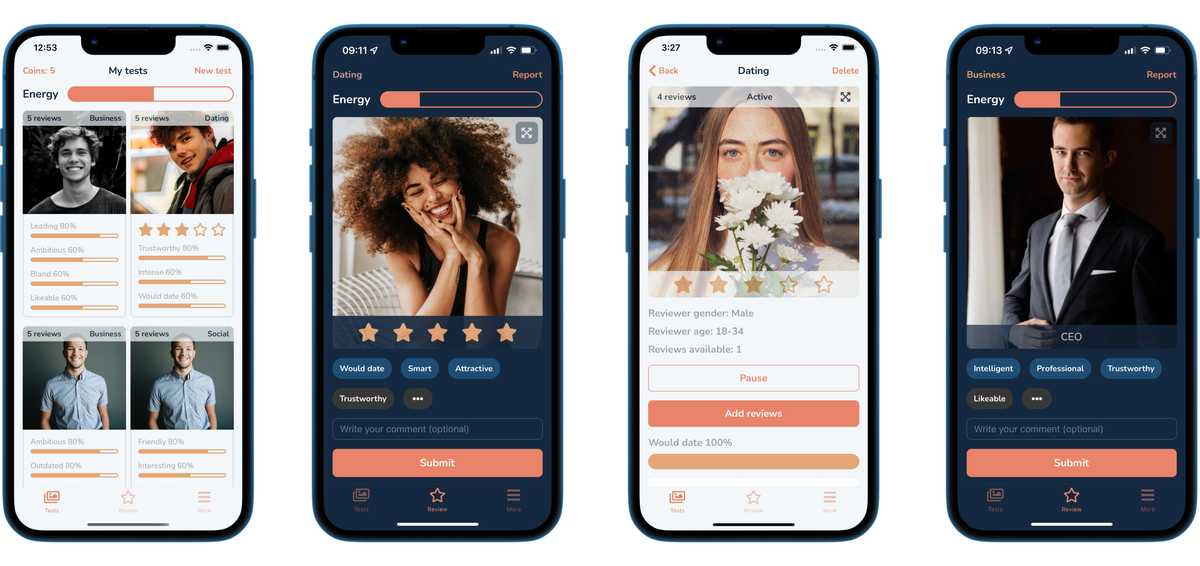March 1, 2023
The Science Behind a Symmetrical Face: Why It's Considered Attractive
Have you ever noticed that people with symmetrical faces are often considered more attractive? This preference for symmetry has been observed throughout history, from ancient Greek art to modern-day beauty standards. But what is it about symmetrical faces that makes them so appealing? In this article, we'll explore the science behind this phenomenon.
The Golden Ratio and Facial Symmetry
The Golden Ratio, also known as the Divine Proportion, is a mathematical ratio that has been found to be aesthetically pleasing to the human eye. It is often used in art and design, but it also applies to facial symmetry. Studies have shown that faces with features that adhere to the Golden Ratio are perceived as more attractive. This includes the distance between the eyes, the width of the nose, and the shape of the lips. When these features are balanced and symmetrical, they create a pleasing and harmonious appearance.
Evolutionary Psychology and Attraction
Evolutionary psychology suggests that our attraction to symmetrical faces may be rooted in our biology. Symmetry is a sign of good health and genetic fitness, as it indicates that an individual has developed properly without any major developmental disruptions. This is why symmetrical faces are often associated with youthfulness and fertility, which are desirable traits in a potential mate. Additionally, studies have shown that infants prefer to look at symmetrical faces, suggesting that this preference may be innate.
The Role of Hormones in Facial Development
Hormones play a crucial role in facial development and can impact the symmetry of a person’s face. For example, testosterone is known to influence the growth of facial bones and muscles, which can affect the overall shape and symmetry of the face. Additionally, estrogen plays a role in the development of facial features, particularly in women. During puberty, estrogen levels increase, leading to the development of more feminine facial features, such as a smaller jaw and fuller lips. Overall, hormones can have a significant impact on the symmetry and attractiveness of a person’s face.
Cultural Influences on Beauty Standards
While symmetrical faces have been considered attractive throughout history, beauty standards vary across cultures. For example, in some African cultures, larger bodies and facial features are considered more attractive. In Japan, a small and delicate face is considered desirable. These cultural differences highlight the subjective nature of beauty standards and the influence of societal norms on our perceptions of attractiveness.
The Importance of Self-Acceptance
While symmetrical faces may be considered attractive by many, it’s important to remember that beauty is subjective and varies across cultures and individuals. It’s crucial to practice self-acceptance and focus on inner qualities rather than solely on physical appearance. Developing a positive self-image and self-esteem can lead to greater overall happiness and well-being.
Testframe can help you get feedback on your look from real people.
